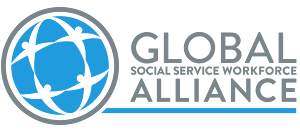Supporting New Workers: Evidence-Informed Strategies for Those in Supervisory Roles
This webinar, from the U.S. Quality Improvement Center for Workforce Development (QIC-WD), provided a general framework for what research says about best practices in onboarding, provide examples from our work with various jurisdictions to support supervisors who work with new workers, and evidence-informed strategies to make new workers feel like they are part of something bigger.
